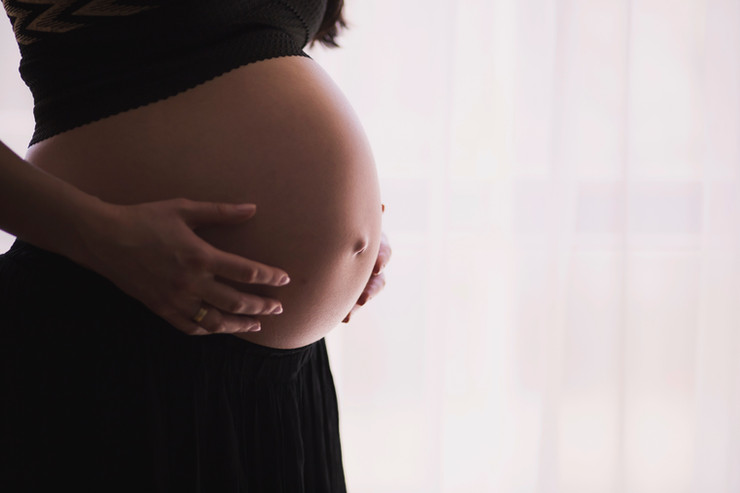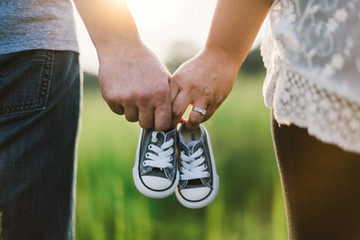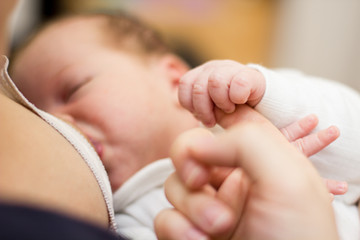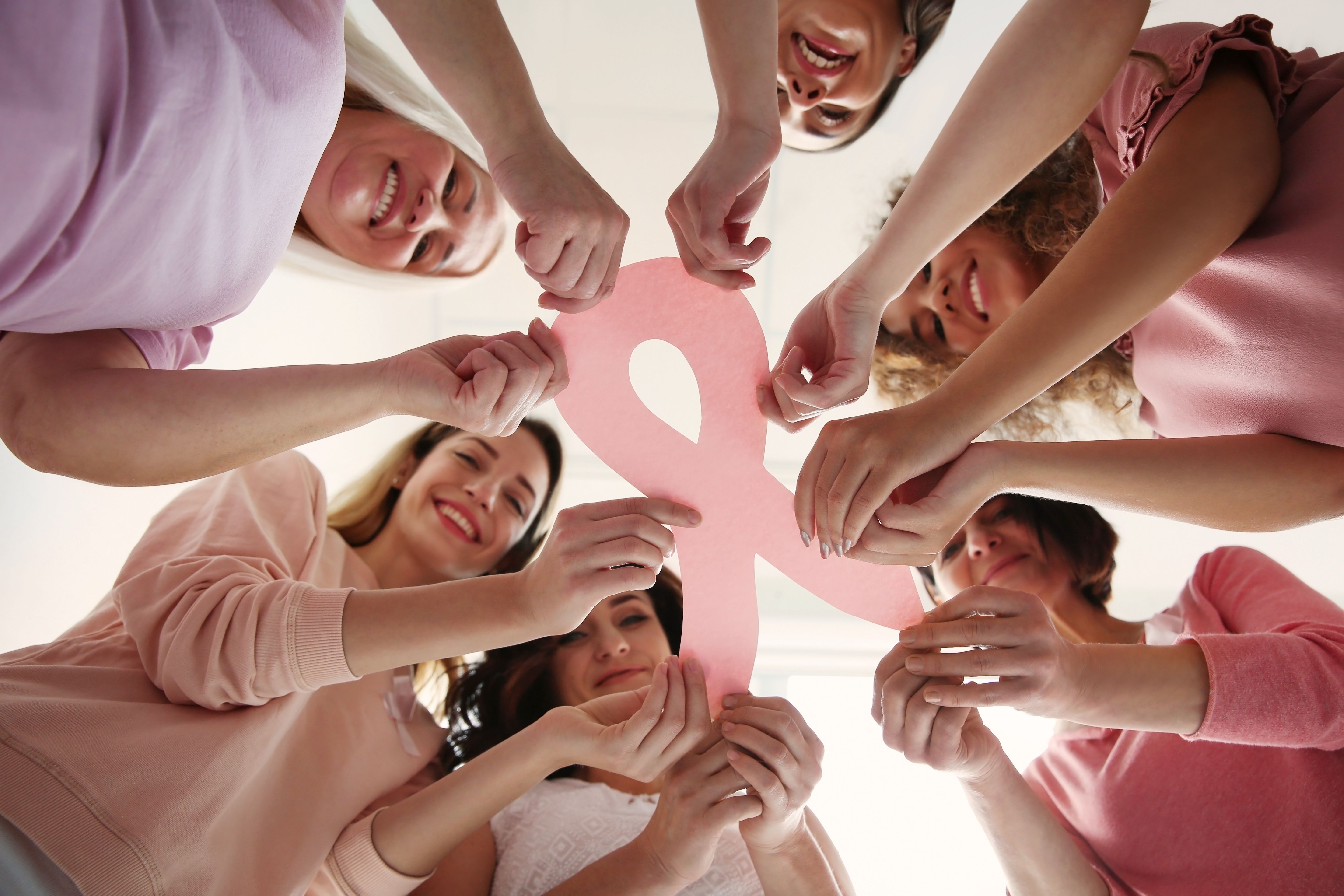Article
Managing Breast Cancer During Pregnancy and Breastfeeding
The joyful feeling of bringing a new life into the world can quickly be dashed if you also receive a breast cancer diagnosis.
The joyful feeling of bringing a new life into the world can quickly be dashed if you also receive a breast cancer diagnosis. Suddenly, you’re thrust into a fight to protect your life. You may be concerned that the treatment you need could harm your baby. Or you may worry that treatment won’t be as effective if you’re pregnant. But it isn’t all bad news. According to estimates from The National Cancer Institute, only one in every 3,000 women is diagnosed with gestational breast cancer. And, several medical alternatives can slow the progression of the disease without compromising the pregnancy.

Because pregnancy causes your breasts to swell and become tender as milk ducts grow and stretch to prepare for breastfeeding, it may be more difficult to detect small lumps and to diagnose breast cancer. It’s good to know that most breast lumps found during pregnancy are unlikely to be breast cancer. But you should still bring any suspicious lump to your doctor’s attention and go through the proper tests to find out whether it might be cancer. DON’T WAIT until after you deliver your baby to have your doctor check the lump.
We hope this information about pregnancy and breastfeeding is a useful addition to our collection of valuable information and resources and personal stories to help in any way possible.
Testing Methods & the Risks During Pregnancy:
Mammograms
According to the American Cancer Society, mammograms are generally safe when you’re pregnant. The test requires only a small amount of radiation, and the radiation is focused on the breast, so most of it doesn’t reach other parts of the body. For extra protection, a lead shield is placed on the belly to block any possible radiation scatter.
Ultrasound
Ultrasound is considered a safe tool for examining the breasts of pregnant women. It is usually used before mammography to evaluate a palpable lump (a lump you can feel). For pregnant and non-pregnant women, ultrasound can accurately tell if a lump is a harmless cyst filled with fluid or a solid mass that could be cancerous. It’s much less accurate at distinguishing between a solid lump that is breast cancer and a solid lump that is not.
MRI
The U.S. Food and Drug Administration says the safety of magnetic resonance imaging (MRI) during pregnancy hasn’t been established. There have been small studies that indicate an MRI doesn’t cause problems in pregnant women. Talk to your doctor about whether this type of test is safe for you and your baby.
Biopsy
A biopsy, a procedure in which doctors remove a small portion of the suspicious breast lump, is used to diagnose breast cancer with certainty in pregnant and non-pregnant women. Such tissue can be removed by a needle (needle or core biopsy) or by surgical removal of the entire lump (excisional biopsy). A biopsy can usually be an outpatient course of action. There is little risk to the baby. A biopsy can also be done under general anesthesia if needed, with minimal risk to the baby.
Treatment for Breast Cancer During Pregnancy
Since it’s rare that pregnant women are diagnosed with breast cancer, there hasn’t been a lot of research on treatment for breast cancer during pregnancy. Guidelines have been developed to ensure that pregnant women receive excellent breast cancer care.

Most studies show that pregnant women respond to treatment as well as other women of the same age and with the same stage and type of breast cancer. You need to do everything you can to treat it so you can mother your baby.
A study of 129 children from September 2015 found that babies whose mothers are treated for cancer while pregnant have no development problems. Treatments looked at included radiotherapy, chemotherapy, surgery and medication, and babies exposed to these in utero were no different from those whose mothers had cancer but received no treatment.
Breastfeeding If You Have Breast Cancer
Breastfeeding provides many physical and emotional benefits to both baby and mom. Still, for moms who have a current breast cancer diagnosis, or who have received breast cancer treatment, the decision is even more complicated.
Breastfeeding during cancer treatment
In many cases, doctors will advise against trying to breastfeed while undergoing breast cancer treatment. Although cancer cannot be passed from the mother to the baby through breastmilk, certain chemicals from chemotherapy and hormone therapy can be. All procedures may not have the same effect, so it is important to talk with your oncologist about your treatment plan and with the pediatrician about the impact these medicines could have on your breast milk, and ultimately, on your baby.
You should also take into consideration the physical and emotional toll that undergoing therapy may involve. You and your doctor may prefer to conserve your energy and time for reclaiming your health, verses for milk production.
Breastfeeding after cancer treatment
The answer to knowing if you can still breastfeed after treatment depends on your situation. If you had surgery on only one breast, the unaffected breast should be fine. Treatment on the affected side may have damaged the tissue, making it uncomfortable for you to breastfeed or difficult for the baby to latch on. Breast surgery and radiation can affect the amount of milk that the breast can produce.

If you are interested in breastfeeding after cancer treatment, it is crucial to work with your child’s pediatrician to make sure your baby is getting the nutrition they need. A certified lactation consultant can also provide encouragement, guidance and resources.
Keeping the baby in your room after delivery, maintaining skin-to-skin contact and feeding on demand can help accelerate and maximize milk production and family bonding.
Be sure to check out our events, webinars and programs to learn more about surviving breast cancer. Best wishes for a healthy pregnancy!




